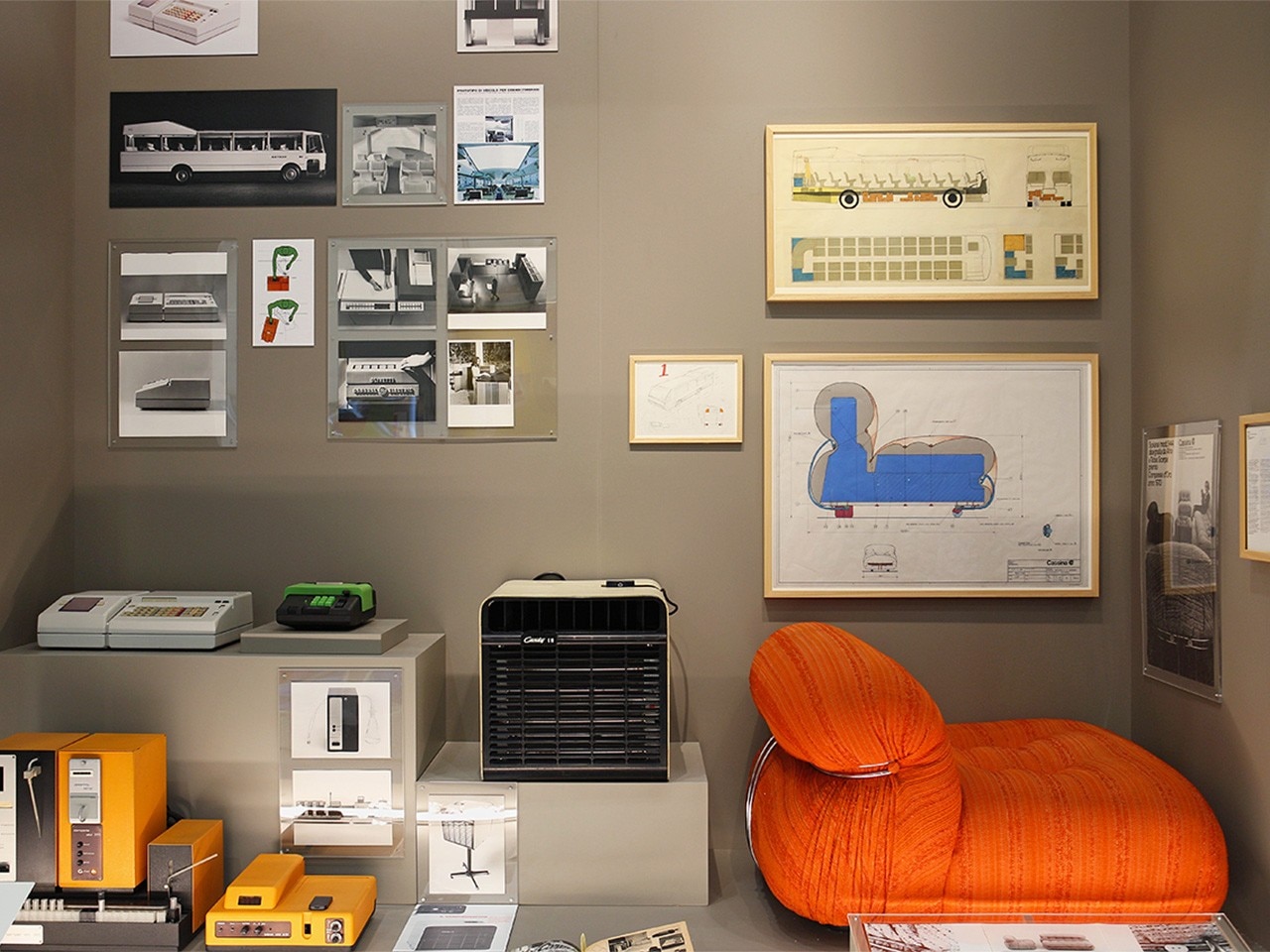The second design museum that the city of Milan had been waiting for a long time opened “with a bang”. The process that led to its opening was long – years of real and metaphorical construction, because a museum is a complex object and institution. It also took two ministers of culture, three regional councilors, three mayors, and a big injection of public funds into the Fondazione Compasso d’Oro.
This confirms the relationship between private and public, a relationship that is changing the face of museums and that, if well managed, responds to the criteria for creating networks that represent the fertile integration of the museum institution into its area, and thank goodness the idea of the museum as an entertainment machine, as an amusement park to make money, is dying out. The best and sharpest Italian and international museum directors are giving back a nobler function to the museums, turning them into places that are both research centres for specialists and cultural centres for the general public.
In particular, this museum refers to the idea of inclusivity expressed by the design for all approach, which takes a concrete form in the close attention paid to people with disabilities, but also in the cafeteria which can be accessed even without a ticket, in the reduced fares for many categories, in the non-hierarchical space, and in the large windows overlooking the street, which are also the result of a radical revision of the original project by Migliore+Servetto with Italo Lupi, who won the competition in 2014.
ADI Museum created a lot of networks – among them, there’s the network of design museums, and the list of providers alone is two pages long and packed with people, institutions, and companies – because of the very nature of the collection, but also because of a clear choice that ranges from the curators of the exhibitions to the partnership with the training schools that create the designers of the future: IED Istituto Europeo di Design, and in particular with the students of the Accademia di Belle Arti Aldo Galli in Como, which are in charge of the restoration and the condition report of the pieces in the historical collection, and a collaboration with the Politecnico di Milano to whom we owe “Bìos”, the video installation that introduces visitors to the museum.
The layout of the exhibition called “The spoon and the city”, focusing on the historical collection of the Compasso d’Oro and curated by Beppe Finessi, is very rich. Some consider it excessive and therefore not very readable, but, on the contrary, it is quite clear, even on a superficial reading. The documents, magazines, moulds, photographs, advertising pages, and project sketches give an account of the conceptual and material industry around and within the nature of design – only the texts in the boxes are redundant and badly placed.

Precisely because in its materiality design is the result of the intersection of numerous disciplines, cultures and wills, the museum has dedicated an exhibition to graphics and to one of the entrepreneurs who marked the beginnings of modern Italian design culture: Giulio Castelli.
For “Lifetime Achievement Manifesto”, curated by Luca Molinari, 139 graphic designers were asked to interpret with the standard 70 x 100 poster the same number of Compasso d’Oro that have been awarded to companies, authors, institutions, and products since 1954. And the posters that the visitors can pick up seem to go like hot cakes! “Giulio Castelli. The Enterpreneurial Culture of the Design System”, curated by Francesca Sala, retraces the story of Kartell’s founder and ADI’s first president, a story that turned plastic into a noble material for furnishing items, thanks to technological innovations and the relationship with the designers whose craft Castelli always supported. Finally, there’s the solo exhibition “Renata Bonfanti: weaving joy”, curated by Marco Romanelli with Luca Ladiana and Alessandro Bonfanti. Sadly, Romanelli could not see the exhibition, as he passed away in February, but in his text he emphasised how Bonfanti was one of the first examples of an Italian textile designer who knew how to combine craftsmanship and industry.
If magazines’ job is to spread culture and educate a wide public on the culture of design, and the Compasso d'Oro is the brainchild of Gio Ponti, the then editor-in-chief of Domus, then the magazine is also inevitably part of this museum, with the posters of the prize awarded to the publishing house in 1970, and of the Lifetime Achievement Award won by Giovanna Mazzocchi in 2018, while the historical Archivio Domus has lent several issues of Stile Industria and Domus itself.
- ADI Design Museum:
- piazza Compasso d'Oro, 1 – Milan
- Opening hours:
- Tuesday – Sunday 10:30-20

















